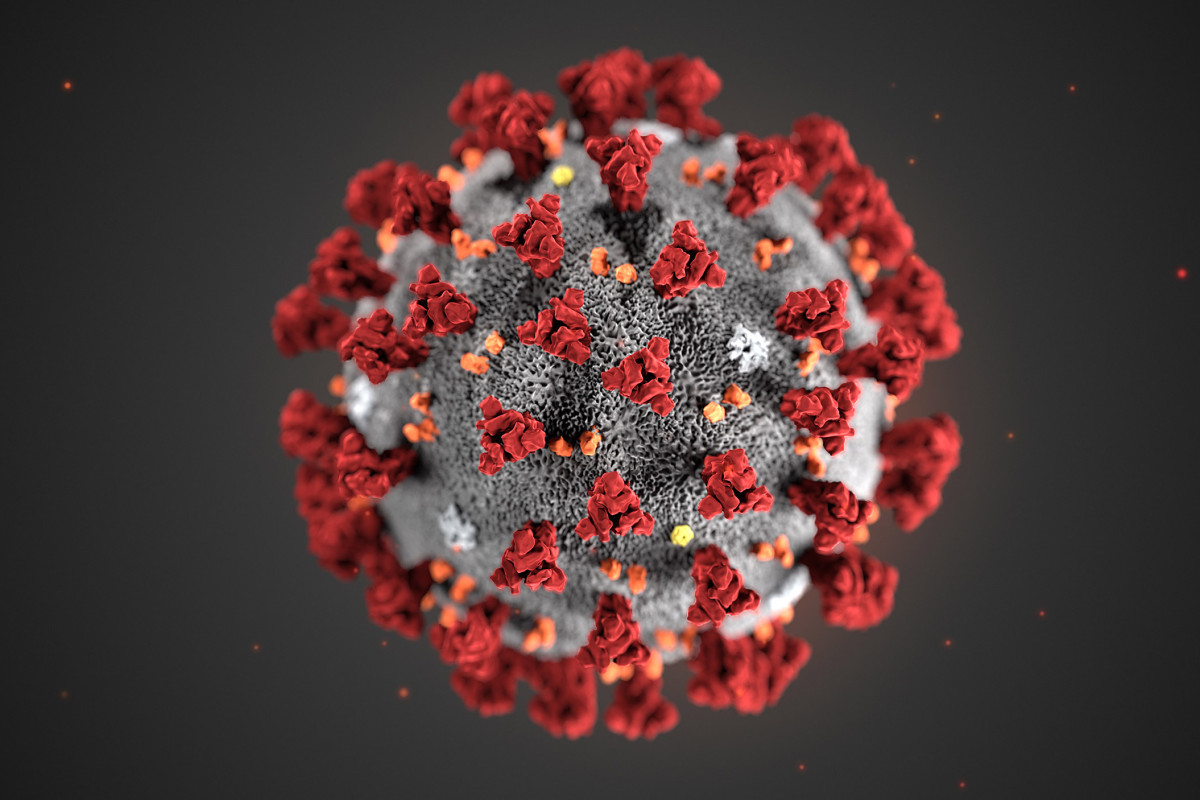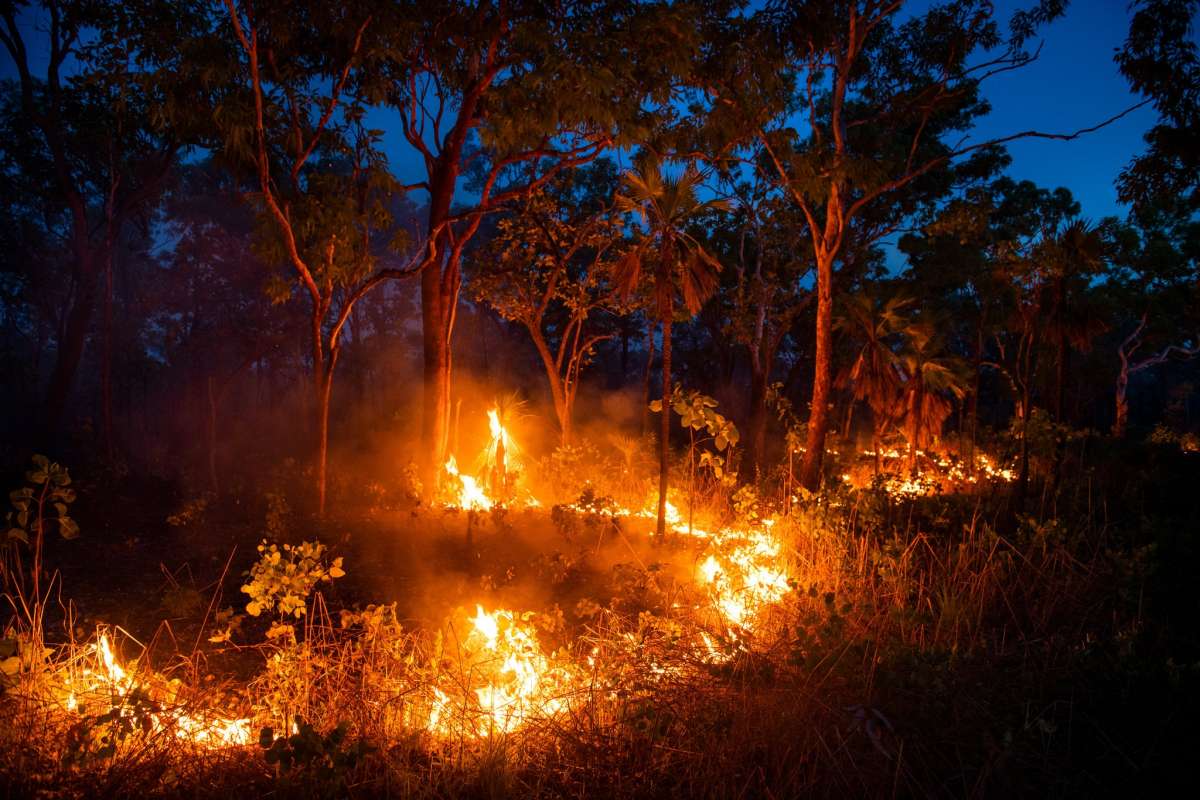Saving the Fire Victims Who Cannot Flee: Australia’s Koalas
The plight of dozens of animals being treated for burned paws and singed fur is raising fears about climate change and the future of the species.
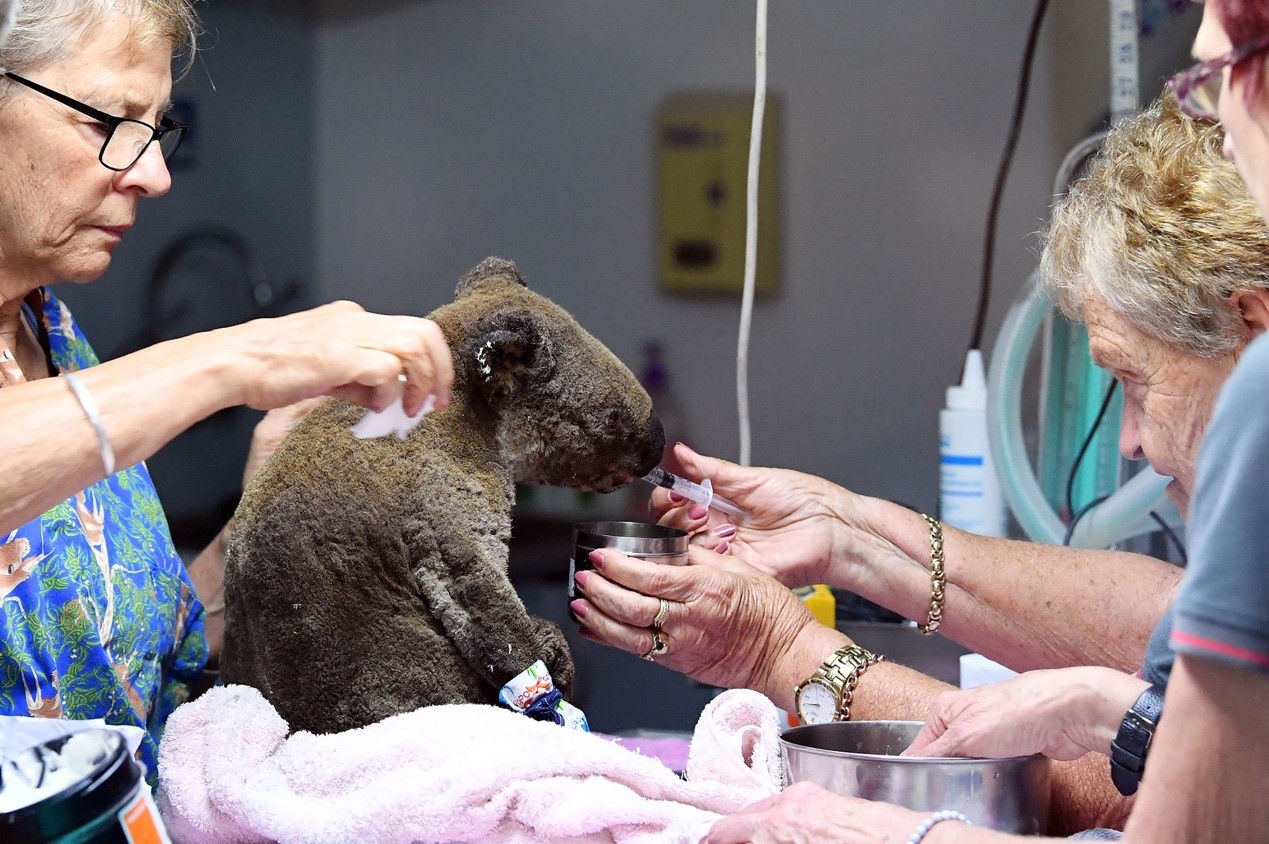
By Livia Albeck-Ripka Nov. 14, 2019
MELBOURNE, Australia — The victims were carried in one by one, their paws burned and fur singed, suffering from dehydration and fear. Their caretakers bandaged their wounds, swaddled them and laid them in baskets with the only thing that was familiar — the leaves of a eucalyptus tree.
As catastrophic fires have burned more than two million acres in Australia, dozens of koalas have been rescued from smoldering trees and ashen ground. The animals, already threatened as a species before these latest blazes ravaged a crucial habitat, are being treated in rescue centers, and at least one private home, along the country’s east coast.
“They are terrified,” said Cheyne Flanagan, the clinical director of the Koala Hospital, in Port Macquarie, the only facility of its kind in the world. She added that what was happening to the koalas was “a national tragedy.”
Officials at the hospital began warning weeks ago, when the fires first ignited around Port Macquarie, 250 miles north of Sydney, that hundreds of koalas may have been “incinerated.” Rescuers have not yet been able to confirm the scope of the loss because some of the blazes are still raging.
The plight of the koala — a national symbol of Australia — has raised questions among conservationists and scientists about what it will take to preserve biodiversity in a country increasingly prone to intense fire, extreme heat and water scarcity, and which already has among the highest rates of species extinction in the world.
While koalas have evolved to exist alongside wildfires, the animals are facing new threats not just from climate change but also from human development, which has dislocated local populations, impairing their ability to survive fires. In some regions, scientists say, koalas’ numbers have declined by up to 80 percent, though it is difficult to know how many remain across Australia.
“We have these unique animals not found anywhere else on this planet, and we’re killing them,” Ms. Flanagan said. “This is a big wake-up call.”
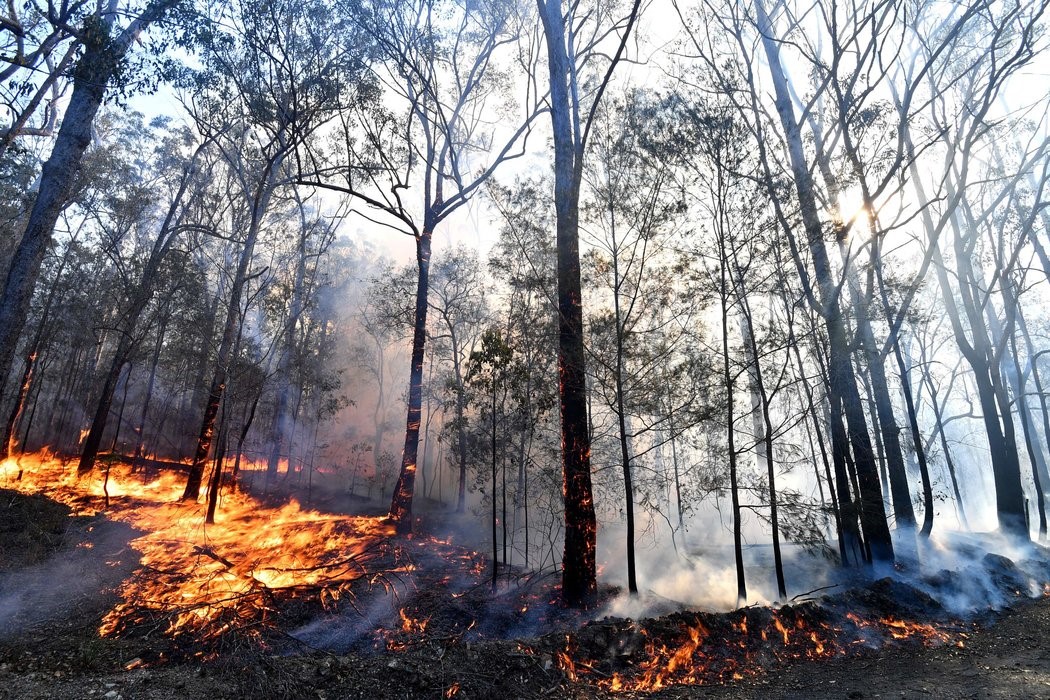
The animal distress goes beyond koalas. Recently, tens of thousands of bats plummeted from the sky in temperatures exceeding 107 degrees Fahrenheit in northern Australia. Kangaroos, parched by drought, decimated the grapes on a vineyard in Canberra. And waterfowl in the Macquarie Marshes, a wildlife haven in northwest New South Wales, have been affected by a fire in their habitat.
“It’s a swamp for goodness’ sake; it’s burning,” said David Bowman, a professor of pyrogeography and fire science at the University of Tasmania. The current bush fires, the earlier burning of rainforests and a continuing extreme drought, he said, are all “warning lights” that ecosystems have been pushed far beyond their normal patterns.
Climate change and other human impacts have so altered the landscape that the government needs to urgently rethink its approach to conservation, Dr. Bowman said, suggesting interventions like irrigating, feeding and relocating animals.
“You want koalas?” he said. “That’s what we’ve got to do.”
In the weeks that the fires have been burning around Port Macquarie, more than two-thirds of the habitat of a local population of koalas in the forest surrounding two lakes has been decimated, conservationists said.
They estimated that 350 of the nearly 700 koalas that lived in the region had been killed. As of Thursday, 22 adult koalas and one joey had been rescued. They are being treated at the Koala Hospital along with dozens of other animals, including kangaroos and possums that were injured in dog attacks or car accidents — often the collateral damage of creatures searching for a new home after a disaster.
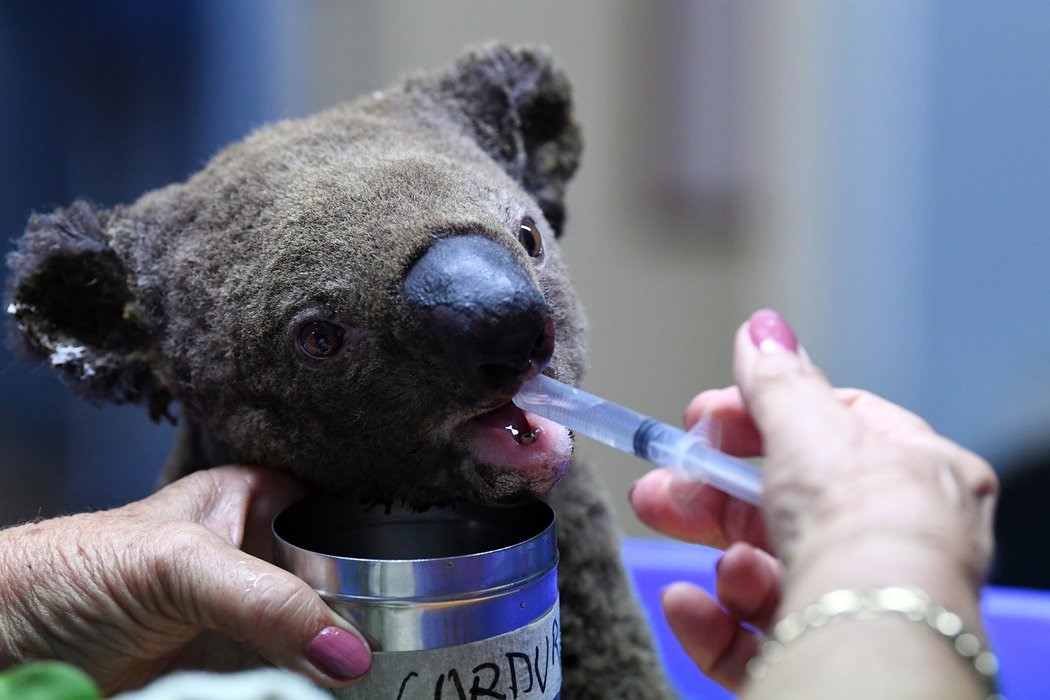
About 50 miles south of the hospital, in Taree, one family has transformed its home into a koala rehabilitation center. There, 24 animals, each given a name on a Post-it note attached to its basket, are beginning the slow road to recovery in the couple’s living room.
“Somebody has to look after them because nobody else is doing too much, as far as the government, in protecting their habitat and protecting them,” Christeen McLeod, who is housing the koalas, told the Australian Broadcasting Corporation. “So we do this,” she added, “and hope that we can save some of them.”
Koalas, unlike kangaroos, birds or snakes, do not flee from fires, but instead scale trees to the canopy, where they can curl themselves into a ball for protection and wait for the danger to pass.
But during high-intensity fires, such as those that have burned in recent weeks, the animals, conservationists say, are far less likely to survive. Even if the fire itself does not reach the tree canopy, the animals may overheat and fall to the ground, where they can be burned to death. They can also suffer smoke inhalation, or burn their paws or claws when trying to climb down trees.
Claws, crucial for life in the wild, do not grow back. A “koala who can’t climb can’t survive,” said Sue Ashton, the director of the Koala Hospital.
She said that while the hospital hoped to rehabilitate and eventually release the animals, it was likely that some would have to be euthanized. That, she added, would be a further blow to conservation efforts.
Though the fires are still burning, a rescue team led by the hospital began to search the periphery last week, walking in a human chain, their necks strained toward the tree canopy, searching for survivors.
The rescuers described a lifeless scene free of birds and insects, with the forest undergrowth gone, reeds burned in a creek, and hollowed-out trees still smoking.
“This fire is currently still burning,” said Scott Castle, the assistant clinical director at the hospital, who participated in the effort. “So,” he added, “there’s a lot more to search.”
Original link:
https://www.nytimes.com/2019/11/14/world/australia/australia-koalas-fire.html

